
At the Independent Neapolitan Nation’s headquarters in Naples, Italy, there is a statue of the siren Parthenope. The ancient Greek myth claims a king requested suitors fight for his daughter’s hand in marriage. The two finalists were Hercules and the unscrupulous river god Achelous. Achelous could not beat Hercules in a fair fight so he took the form of a mighty bull. Hercules still defeated the river god, breaking off the bull’s horn. From that defeat was born Parthenope. Once the name of Naples, Parthenope is still seen as the city’s protector and according to Italian literary historian Giuseppina Palma, symbolizes strength, courage, vanquishing evil, suppression of usurpers and abusers of power, and restoration of order.
This myth is particularly important to the Independent Neapolitan Nation and a wider group of southern Italians called Neo-Bourbons. Part cultural heritage organization, part secessionist movement, the devout members believe the 1860 unification of Italy was wrong and wish to restore the former Kingdom of Two Sicilies and crown the rightful heir of the House of Bourbons.
This group is the subject of Neapolitan photojournalist Carlo Rainone’s project titled “Viva ‘o Rre,” or “Long Live the King,” a slogan used among the group’s supporters in camaraderie. His photographs show men dressed in early 19th century military uniforms. They show identification cards issued through an unrecognized parliament. They show a mayor who flew the Kingdom of Two Sicilies’ flag over a small town’s city hall. They show an American Confederate Flag pin worn on a jacket lapel.
Dating back to the Second Millennium BC, the Neapolitan city’s past is forever present. Through historical and cultural symbols, like the statue of Parthenope, these Neapolitans honor a long heritage of glorifying a mythical past while suffering from its burdensome weight.
“In school, you’re never taught about our old Kingdom of the Two Sicilies,” says Rainone, a descendant of rebels who fought Italy’s unification but not himself a member of the Neo-Bourbon movement.
The north-led unification left some feeling liberated, especially the wealthy landowning elite while others felt conquered and excluded. Ninety percent of the south didn’t even speak Italian at the time when Turin was named the new nation’s capital city. “Naples had been a capital of a kingdom for hundreds of years,” says Dr. Enrico Dal Lago, a National University of Ireland lecturer who researches links between American and Italian history. “That was a strong regional culture that simply vanished into thin air and became incorporated into this Kingdom of Italy overnight.”
Coincidently, America’s Civil War raged at the same time, and to some, distinctly mirrored the Italian conflict: an unjust northern power smothering an independent southern nation and its way of life. Some southern Italians looked to the American Confederates as brothers in arms, feeling slighted by the north for various reasons. In 2015, the south was half as wealthy in terms of GDP with twice as high unemployment according to The Economist. Only 65% of households have access to broadband internet, 10% less than in the north. But nowhere has the symbolic disconnect between north and south been so visible as the Salerno Reggio Calabria Highway. The highway has been under construction since the 1960s and should connect the southwestern coast of the Italian peninsula with the rest of Italy and Europe. North Italy’s section of this highway was completed half a century ago.
“People feel like we’re still left behind, surviving,” Rainone explains, noting that many of the supporters of the Neo-Bourbon movement are from the working class. “As they join these movements, they’re hoping things can change for the south and Napoli.”
Finding hope by looking backward is what Neapolitans have done for centuries, finds Giuseppina Palma in her academic article “Utopian Worlds: Vico, La Capria and Mazzotta.” There, she explores Neapolitan thinkers’ use of myth, like Renaissance painters with a brush, to describe their city.
“In reality, they keep them shackled to their prestigious long-buried past that obfuscates the present and offers no hope of future redemption.” Palma concludes of 20th century Neapolitan author Raffaele La Capria’s work.
Rainone’s photographs of the Neo-Bourbon movement show an awareness of this proud tradition taken to an exaggerated extreme. “We have something in us that fears we could lose everything,” said Rainone. “Our culture, our identity, our lifestyle.”
One of Rainone’s most enduring photographs captures an Italian flag streamer tightly wrapped around a descending handrail like a snake constricting its prey – a modern Neapolitan symbol unlike Parthenope’s protection but no less meaningful.
Carlo Rainone is an Italian photographer based in Naples.
Michael Bucher is a contributor at TIME LightBox.
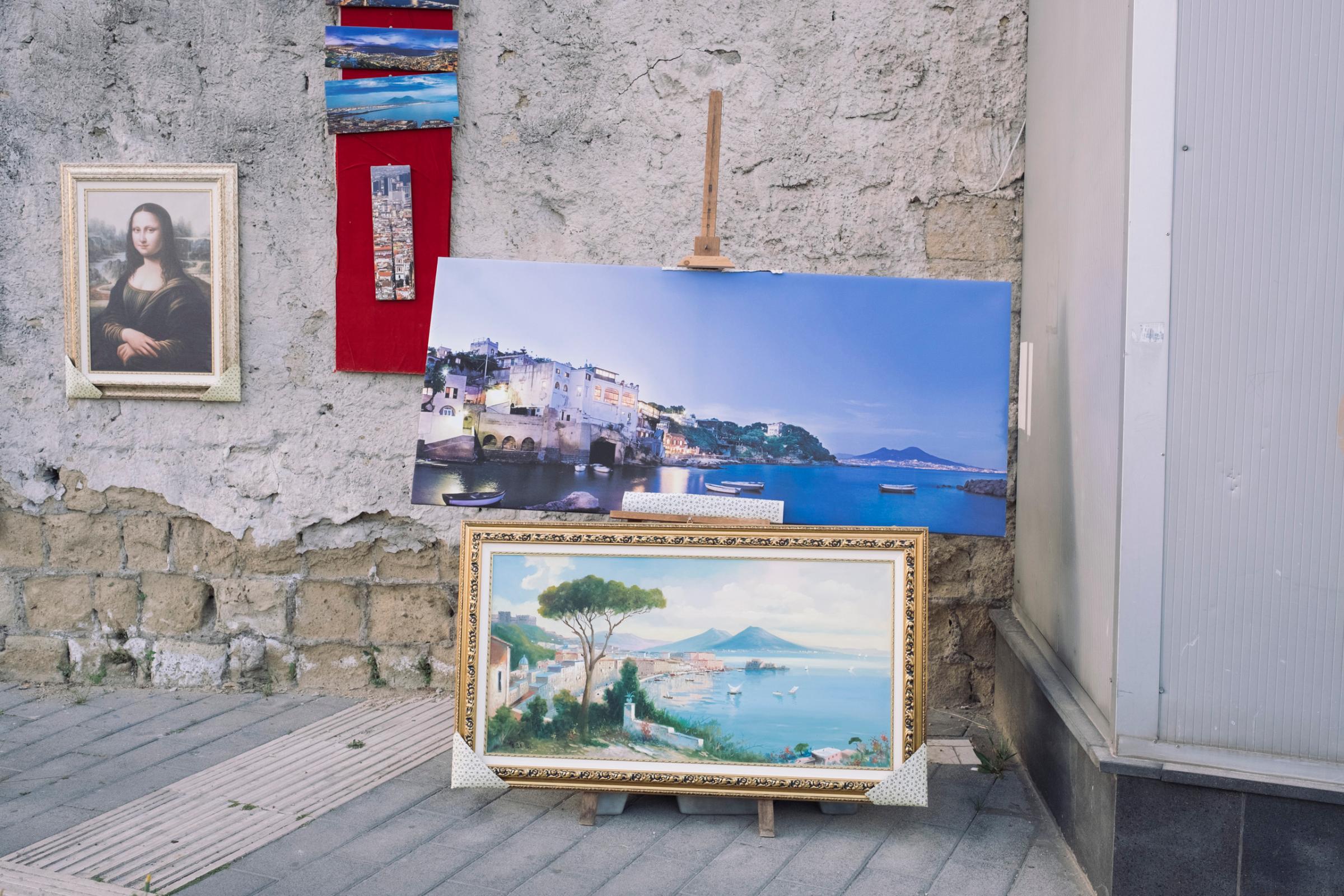
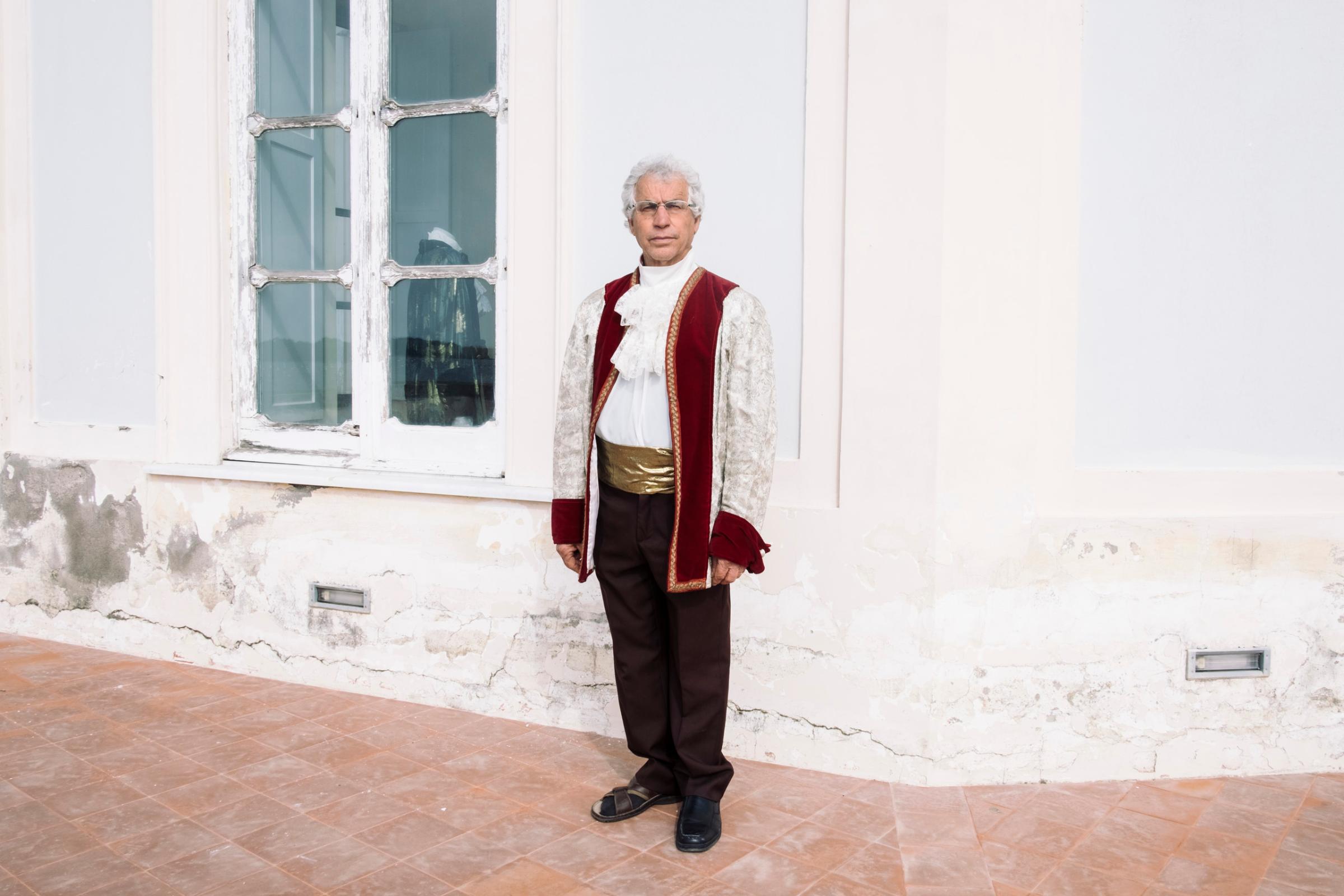


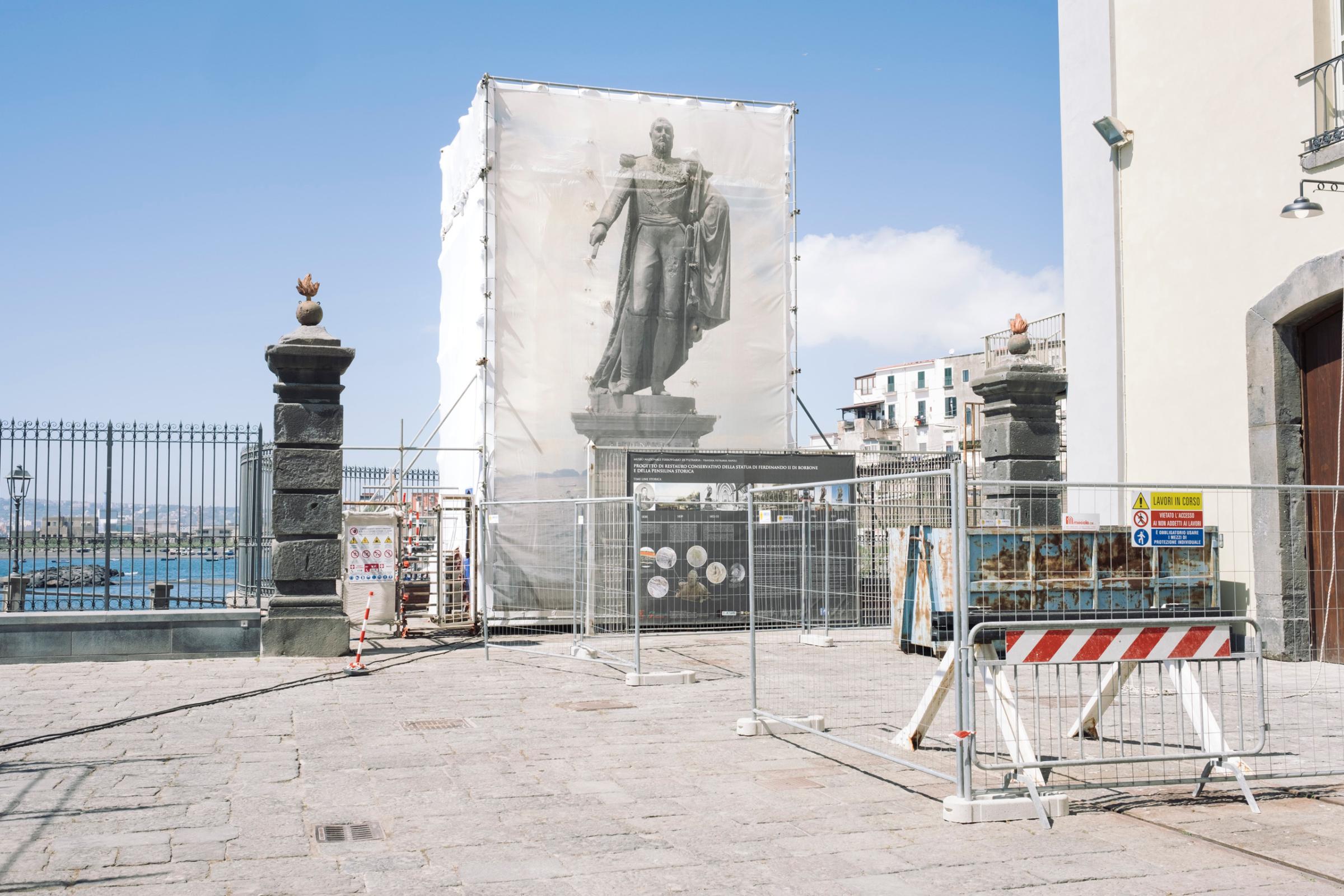
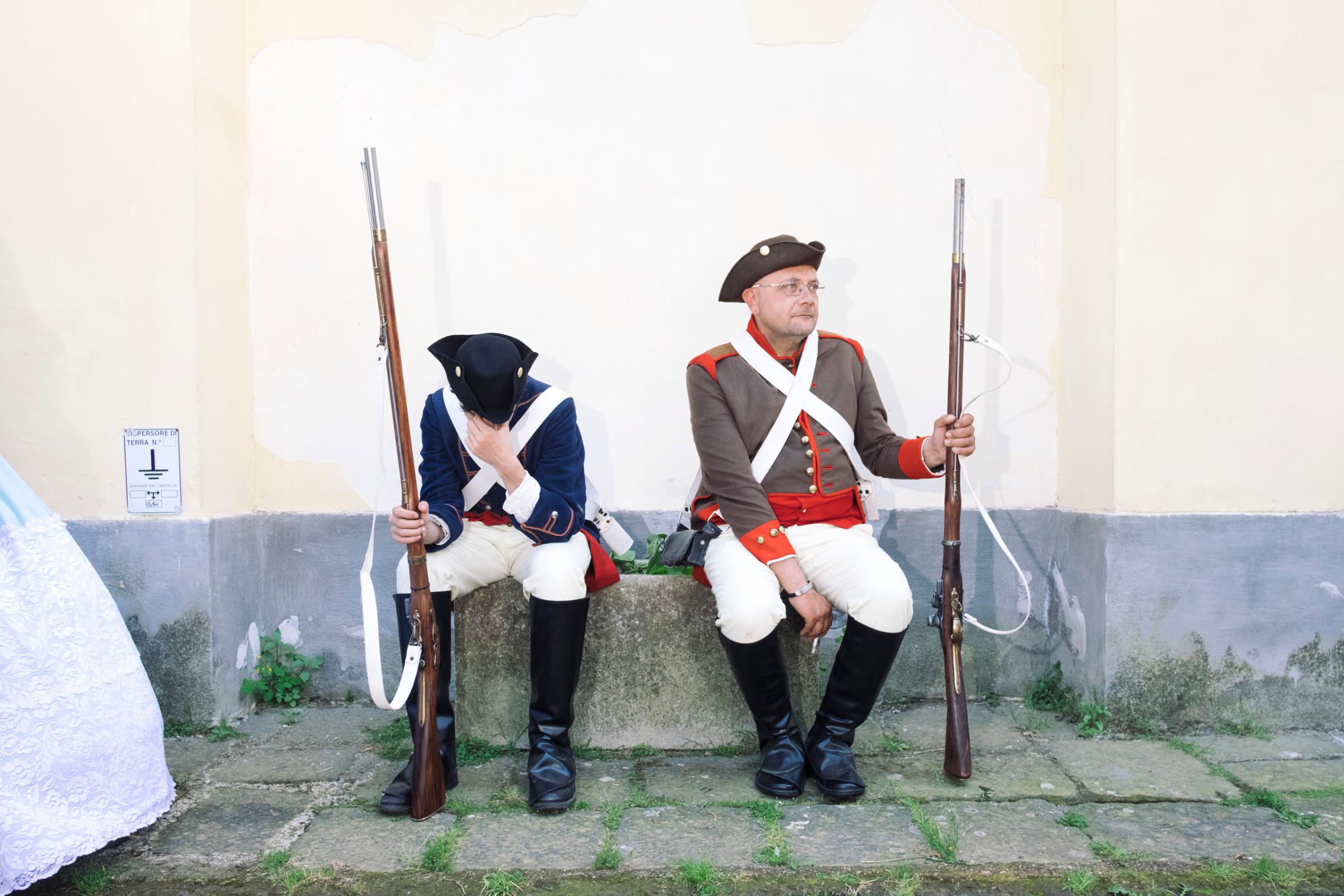
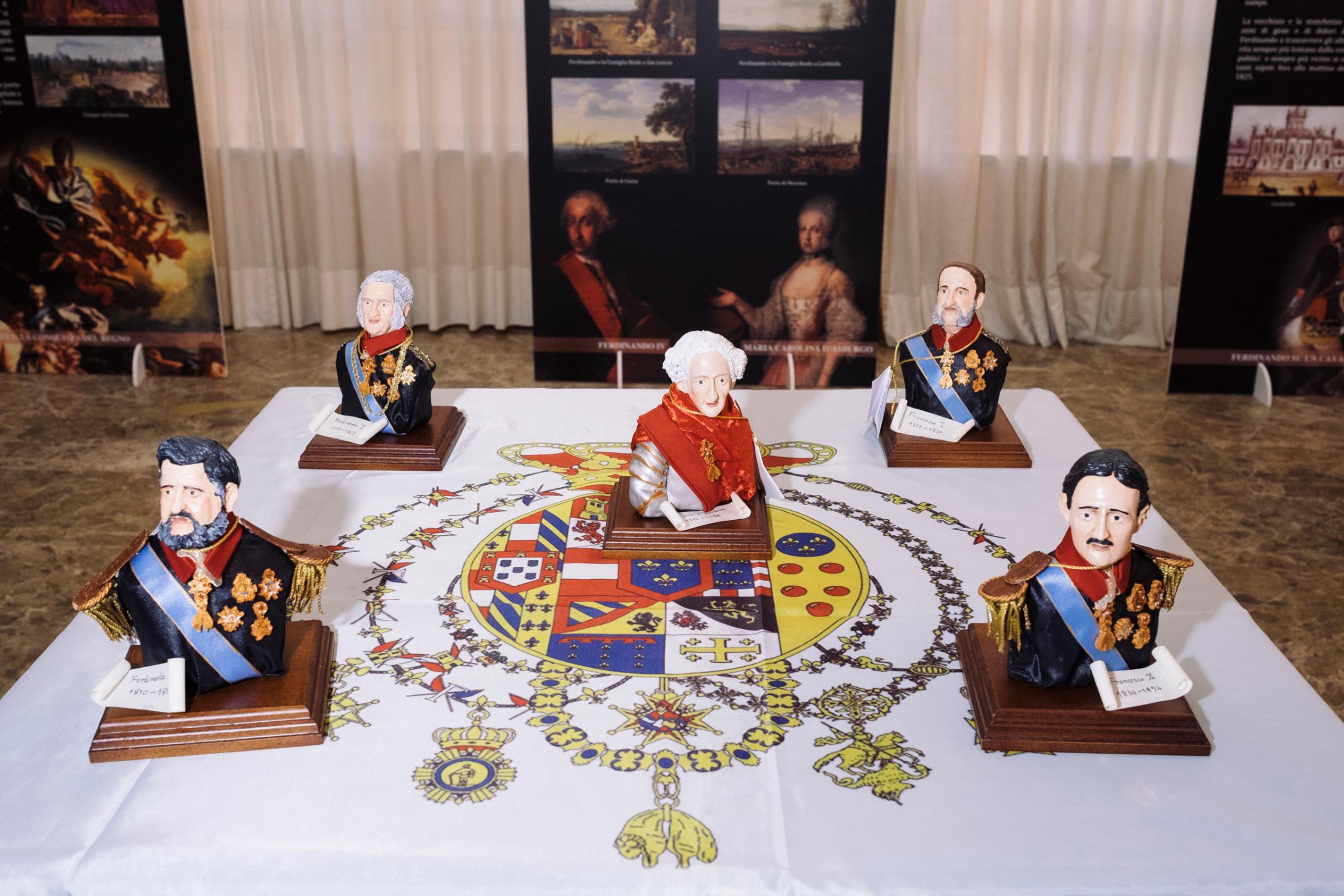


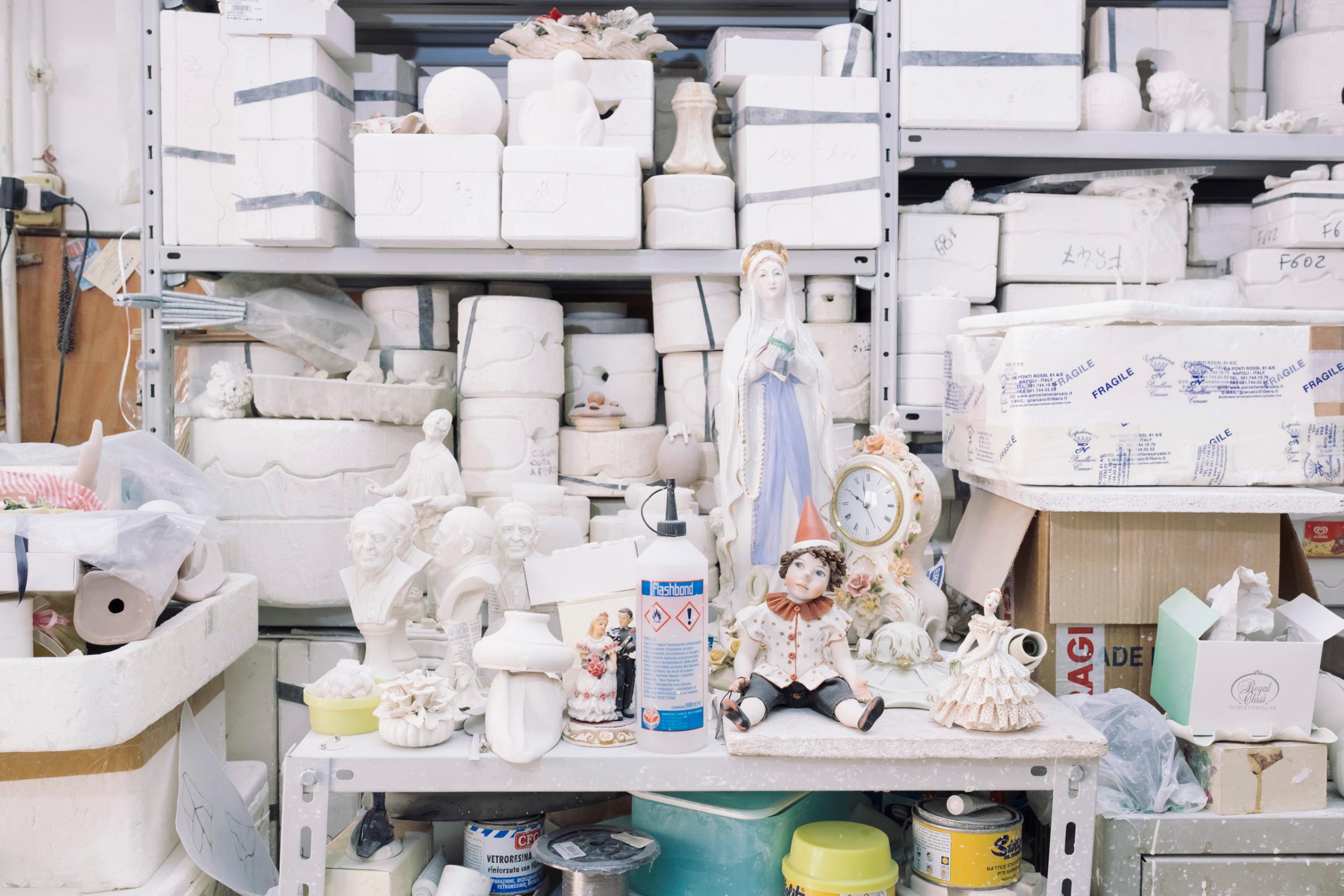
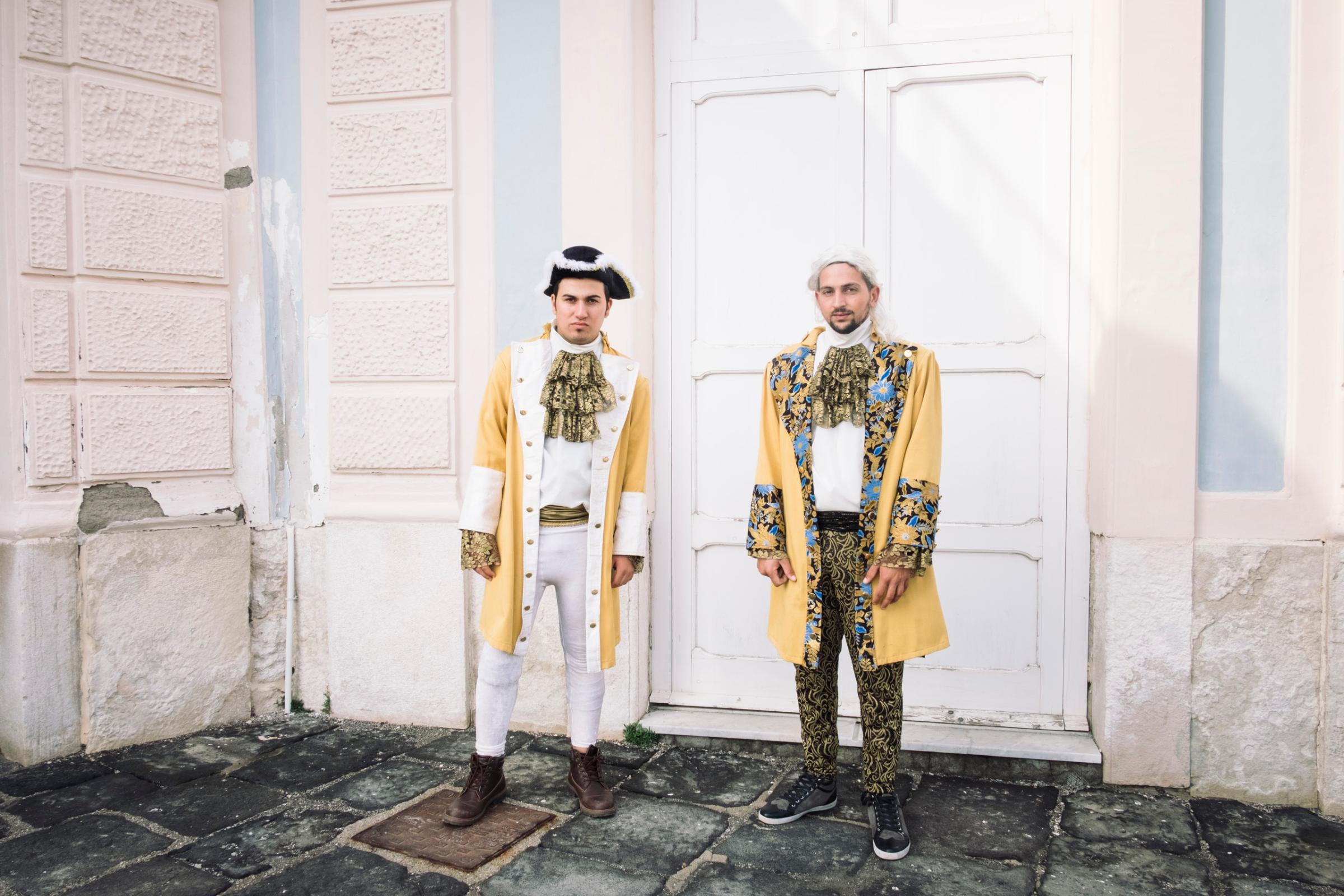
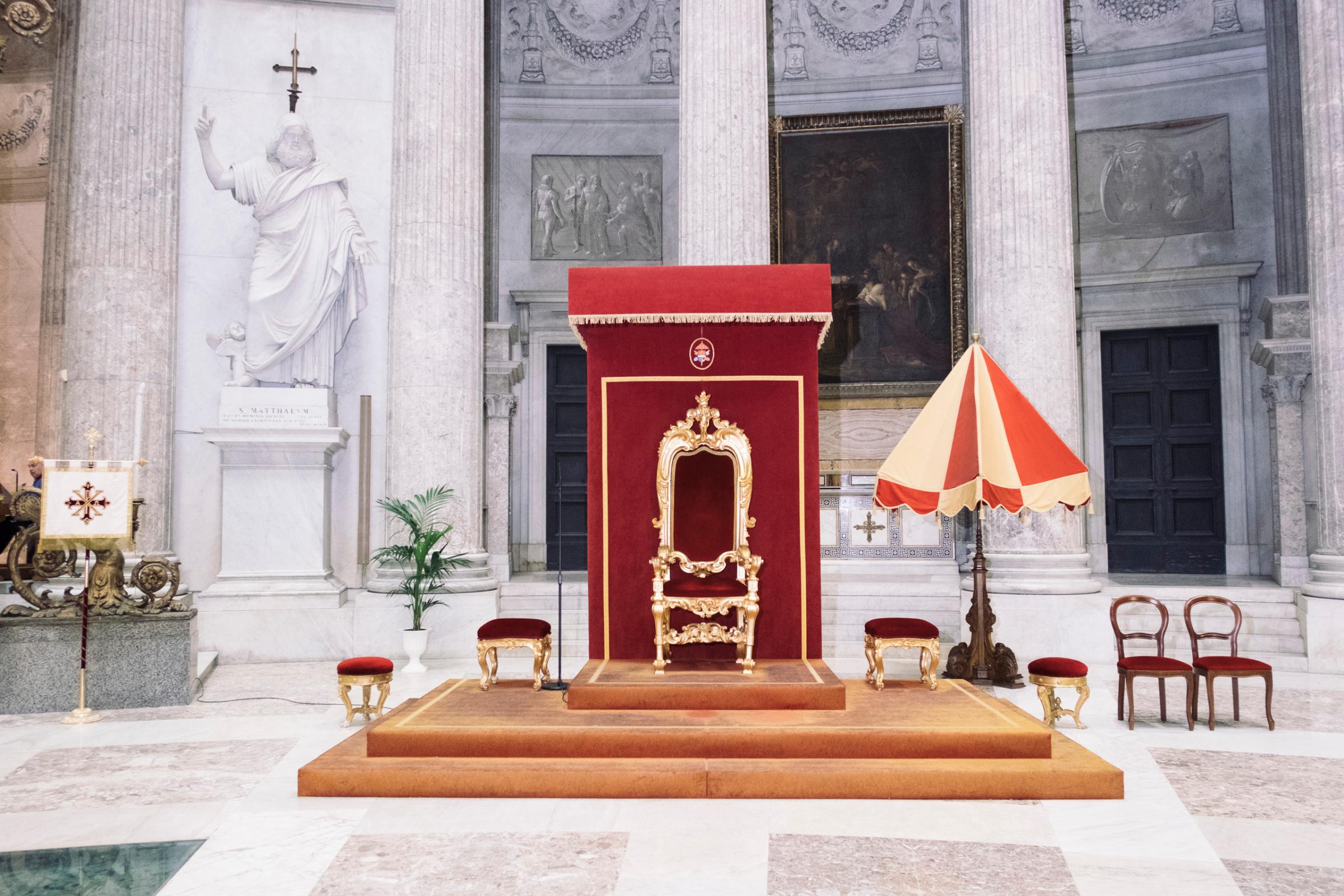
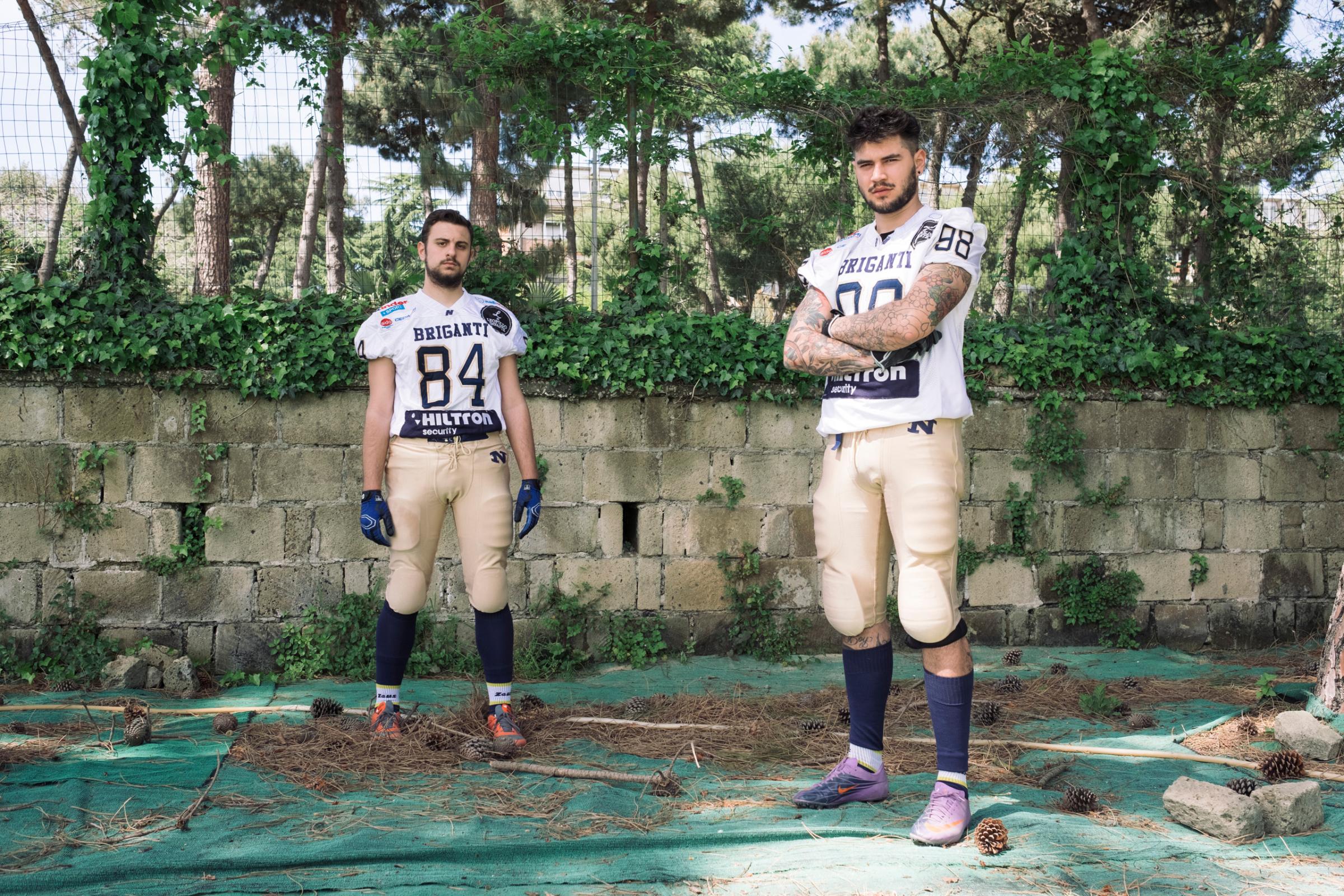

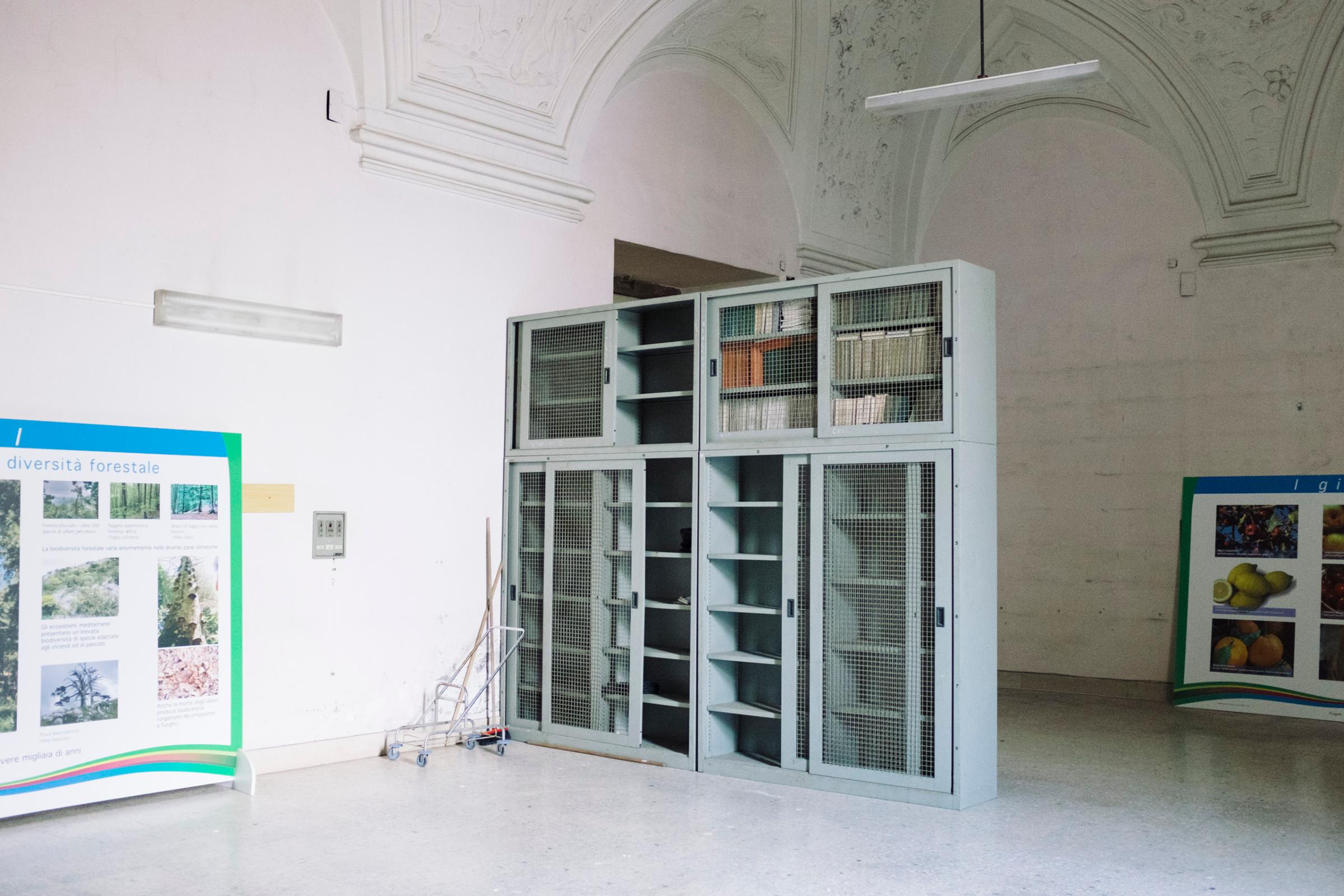



More Must-Reads from TIME
- Cybersecurity Experts Are Sounding the Alarm on DOGE
- Meet the 2025 Women of the Year
- The Harsh Truth About Disability Inclusion
- Why Do More Young Adults Have Cancer?
- Colman Domingo Leads With Radical Love
- How to Get Better at Doing Things Alone
- Michelle Zauner Stares Down the Darkness
Contact us at letters@time.com